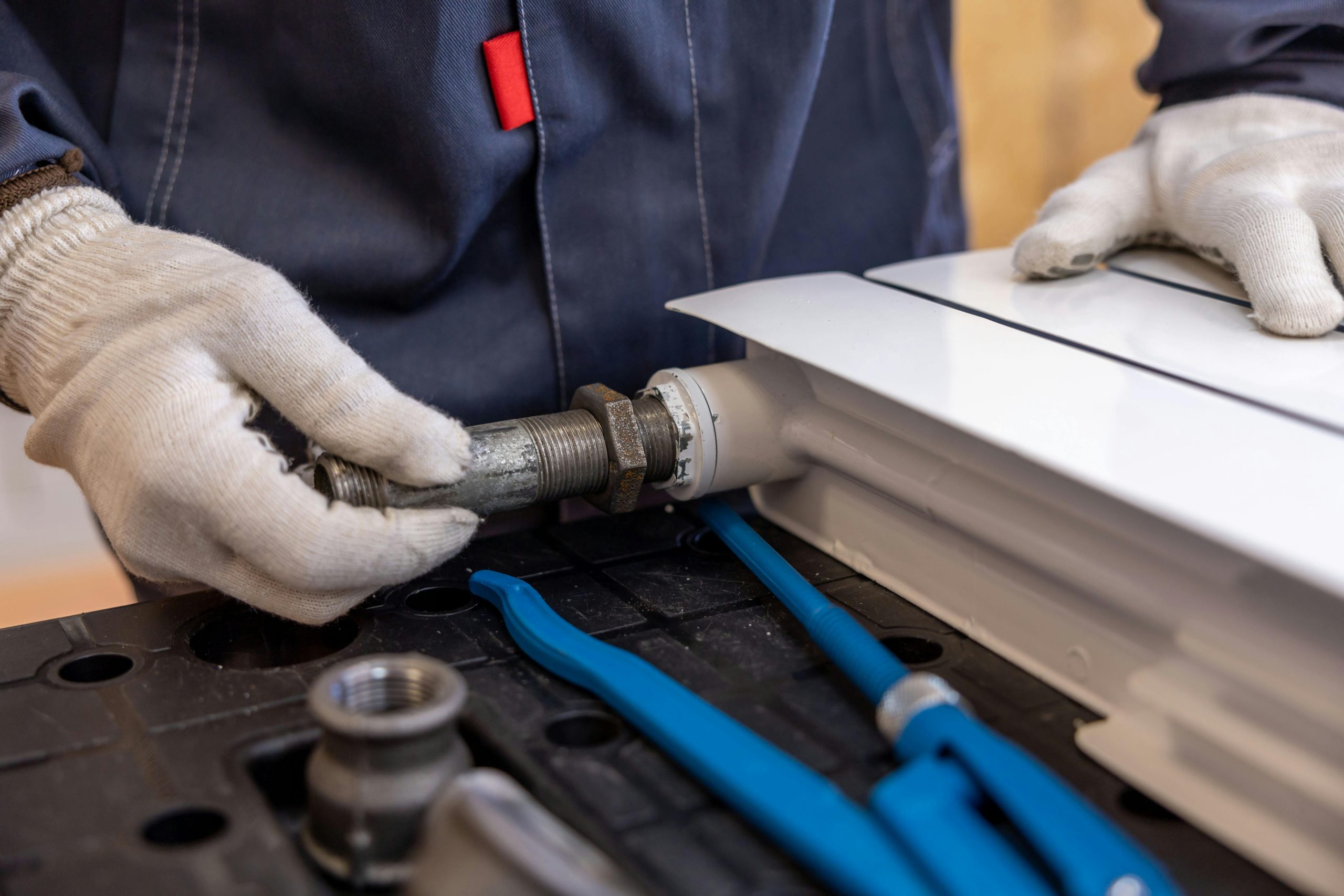Overview of Adjustable Fuel Pressure Regulators
Understanding the intricacies of an adjustable fuel pressure regulator is crucial for enthusiasts aiming to boost their vehicle’s performance. At its core, a fuel pressure regulator manages the pressure of fuel delivered to the engine, ensuring optimal combustion and efficiency. In vehicles like the Acura RSX, having the ability to adjust this pressure can significantly aid in performance enhancement.
An adjustable version allows for precise tuning. This enables drivers to tweak the pressure in sync with other fuel system components, such as upgraded injectors or a high-flow fuel pump. The result is often a more finely balanced interaction between the fuel and air mixture, promoting smoother acceleration and enhanced engine power.
Also to read : Enhance the Luxe Experience of Your Cadillac ATS with an Interior Trim Upgrade
Benefits of installing an adjustable fuel pressure regulator for performance tuning include the ability to cater to modifications made to other parts of the fuel system components. This adaptability can lead to improved throttle response and overall engine performance, making it a preferred choice for those tailoring their Acura RSX for competitive scenarios or personal driving enjoyment.
In contrast to standard fuel pressure regulators, adjustable ones offer flexibility in settings, allowing for customization. This difference can translate to enhanced control over vehicle dynamics, making them integral to achieving superior automotive performance.
Also to see : Is It Possible to Add a Heated Steering Wheel to Your 2015 Audi A6?
Tools and Materials Required
Before you begin any car modification, especially in the realm of installing performance parts, having the right installation tools at your disposal is paramount. Whether you’re working on upgrading your exhaust system, installing a turbocharger, or replacing your suspension, precision is key to ensuring everything fits and functions as intended.
Comprehensive list of tools needed for installation: Essential tools include a reliable set of wrenches, socket sets, screwdrivers, and pliers. These basic tools form the backbone of any car modification endeavour. For specific modifications, like installing performance parts, you may need specialized tools such as torque wrenches, multimeters for electrical components, and a hydraulic jack for lifting the vehicle.
Recommended materials for a successful installation: To achieve a seamless installation, materials such as quality lubricants, sealants, and protective gloves are highly recommended. These materials ensure that components fit snugly and reduce wear over time, enhancing the longevity of your modifications.
Where to source quality parts and tools: It’s advisable to procure your tools and performance parts from reputable automotive suppliers. Online platforms offer a vast selection, but local auto parts stores provide the advantage of hands-on inspection before purchase. This approach helps you verify the integrity and quality of the parts essential for a safe and successful installation.
Safety Tips for Installation
When undertaking DIY car modifications, prioritising installation safety precautions is crucial to ensure automotive safety. Begin by working in a well-ventilated area; this prevents the accumulation of harmful fumes that could pose health risks. Adequate ventilation ensures a safer environment and decreases the likelihood of inhaling toxic substances.
Personal protective equipment (PPE) is indispensable during installation. Wearing gloves protects your hands from sharp edges and chemical exposure, while safety goggles shield your eyes from potential splashes and debris. A sturdy pair of shoes or boots will prevent foot injuries from falling tools or heavy parts.
When handling fuel system components, it is important to take precautions as these systems can be hazardous. Follow these key safety tips:
- Depressurise the fuel system before starting any work. This mitigates the risk of fuel spray, which can ignite or cause injury.
- Disconnect the car battery to prevent accidental sparks or short circuits while tampering with electrical components near the fuel system.
- Use only approved containers for draining and storing fuel. Ensure they are labelled and stored safely to prevent spills and contamination.
By adhering to these safety guidelines, you not only protect yourself but also ensure the efficient and successful completion of your car modification project.
Step-by-Step Installation Process
When you’re about to dive into DIY automotive repair, especially as part of your Acura RSX mods, understanding the detailed steps can make or break your project.
Preparing your Acura RSX for Installation
Before embarking on the fuel pressure regulator installation, ensure your Acura RSX is properly prepared. Begin by parking it on a level surface and engaging the handbrake for added safety. Disconnect the battery to eliminate any electrical risks, adding a layer of precautionary measures common in DIY automotive repair practices.
Removing the Stock Fuel Pressure Regulator
Next, locate the stock fuel pressure regulator under the hood. Carefully disconnect the fuel lines, ensuring no fuel spills, which is a fragile part of the fuel pressure regulator installation. Always secure these lines to prevent any accidents or damaging movements during removal. As gravity assists here, maintain control to avoid any damage or unnecessary pressure on other components.
Installing the Adjustable Fuel Pressure Regulator
With the stock regulator out, position your new adjustable unit accurately. Proper placement is crucial, focusing on the correct alignment to the fuel rails. Reconnect the lines with precision, ensuring proper seals to prevent leaks. Adjust the new regulator to desired settings, balancing both performance needs and system integrity, a highlight in any Acura RSX mods project. Always double-check connections for security before reattaching the battery. This meticulous attention to detail fosters a successful and efficient installation.
Troubleshooting Common Issues
When dealing with fuel system troubleshooting, pinpointing problems swiftly can save time and effort. Common installation problems often manifest as unusual noises or engine performance issues. For instance, improper installation might lead to fuel leaks or inconsistent fuel pressure which affects engine efficiency. Recognising these symptoms early is crucial.
A frequent problem during initial use is incorrect settings on an adjustable fuel pressure regulator. If the fuel pressure is too high or too low, the engine might stall or run poorly. To resolve this, ensure the regulator is set according to the manufacturer’s specifications. Adjusting the pressure incrementally can help achieve the desired performance.
Addressing these issues often involves a systematic approach:
- Inspect all connections for tightness to avoid leaks.
- Verify that the regulator’s pressure reading matches the recommended setting.
- Test the fuel pump’s output to ensure it meets performance criteria.
Understanding these common challenges and solutions aids in maintaining an efficient fuel system. Maintaining a checklist can help diagnose whether an installation error or regulator issue is impacting the performance. Always follow manufacturer guidelines for installation and adjustments, ensuring each component functions correctly.
Impact on Performance
When considering Acura RSX performance improvements, the prospect of installing modifications promises a noticeable change in horsepower and torque. Enthusiasts often report measurable gains, typically an increase of 15-20% in horsepower. This uptick enhances the vehicle’s responsiveness, making it a popular upgrade for performance seekers.
The installation process and resultant horsepower gains also influence the fuel efficiency of the Acura RSX. While improvements in power output might suggest a decrease in fuel economy, many users find that the car maintains efficiency, thanks to modern advancements in tuning technology. On average, drivers experience only a modest reduction in miles per gallon, which many deem worthwhile for the enhanced driving experience.
Performance benchmarks and user feedback underline these improvements. Enthusiasts frequently highlight how upgrades not only boost their Acura RSX’s power but also its overall driving dynamics. Testimonials often cite an exhilarating improvement, with increased torque providing better acceleration and climbing power.
These modifications are lauded for their ability to blend horsepower augmentation with commendable fuel management. Emphasising an upgraded, yet efficient, driving experience provides both practical and enjoyable benefits for those investing in their Acura RSX.
Additional Modifications to Consider
When it comes to enhancing the Acura RSX through performance modifications, considering a holistic approach can make a significant difference. Aside from installing a fuel pressure regulator, there are several tuning options and upgrades that can complement each other and optimize overall engine performance.
Installing a high-performance air intake system is a popular move. This addition can improve airflow, resulting in enhanced combustion efficiency. Similarly, upgrading to a high-flow exhaust system aids in expelling exhaust gases more efficiently, further supporting engine performance.
Performance tuning often involves ECU (Engine Control Unit) remapping. This process adjusts the factory settings to optimize fuel delivery, timing, and other parameters, unlocking additional horsepower and torque. When combined with other Acura RSX upgrades, ECU tuning is particularly effective in enhancing driveability.
To achieve a balanced improvement across the board, consider investing in a suspension upgrade. Improved suspension will not only aid in handling the enhanced power but also provide a smoother ride.
When these modifications are strategically combined, they work in unison to deliver an elevated driving experience. Enthusiasts looking to squeeze every ounce of potential out of their RSX should explore these tuning options to fully appreciate the upgraded performance dynamics.
















